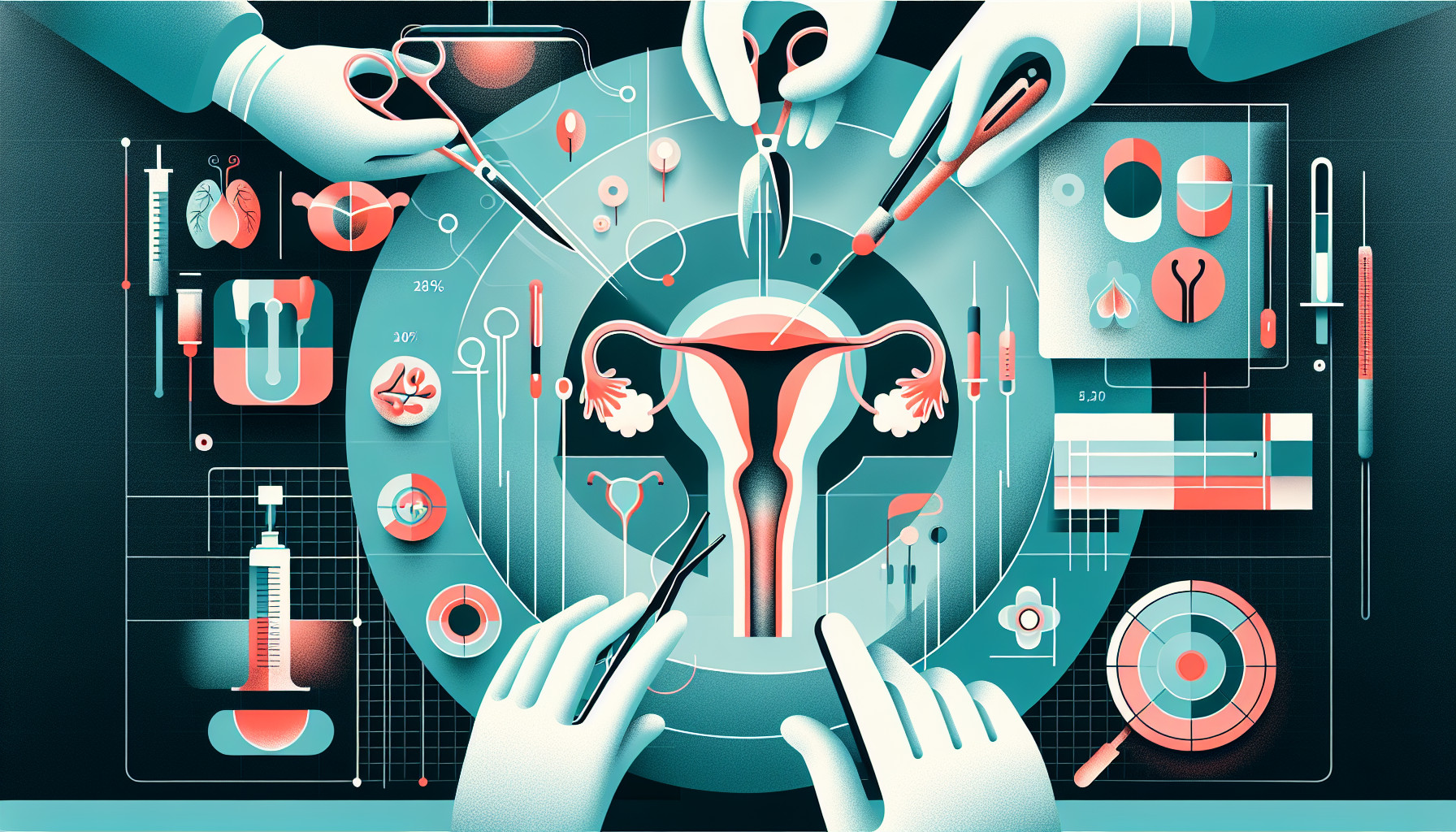Our Summary
This research paper is a review of past studies on redo-urethroplasty, a surgical procedure used for treating repeated urethral strictures, which are narrowings in the urethra that can cause problems with urination. The effectiveness of different surgical techniques was assessed based on their success rates and the patient’s quality of life after surgery.
The review found 39 studies that met their criteria. They found a wide range of success rates for the different techniques. For instance, one technique, called excision and primary anastomotic urethroplasty, had success rates ranging from 58% to 100%. These success rates also varied depending on where the stricture was located.
Other techniques, called one-stage and two-stage substitution urethroplasty, had success rates ranging from 18% to 100%. The best outcomes for these techniques were reported for strictures related to hypospadias, a birth defect in males where the opening of the urethra is on the underside of the penis.
The review also found that using a graft from the buccal mucosa, the lining of the inside of the mouth, was the most effective for substitution urethroplasty.
In conclusion, although some effective techniques for redo-urethroplasty were identified, the evidence is based on small observational studies. The authors suggest that larger, prospective studies are needed to better evaluate these techniques.
FAQs
- What is redo-urethroplasty and what is it used for?
- What are the success rates for different surgical techniques in redo-urethroplasty?
- What type of graft was found to be the most effective for substitution urethroplasty?
Doctor’s Tip
A helpful tip a doctor might give a patient about urethroplasty is to follow post-operative care instructions carefully to ensure proper healing and minimize the risk of complications. This may include avoiding strenuous activities, keeping the surgical area clean and dry, and taking any prescribed medications as directed. Additionally, regular follow-up appointments with the doctor are important to monitor progress and address any concerns.
Suitable For
Patients who are typically recommended for urethroplasty are those who have repeated urethral strictures that have not responded to previous treatments such as urethrotomy or dilation. These patients may experience symptoms such as difficulty urinating, urinary retention, urinary tract infections, and urinary incontinence.
Patients with complex or long urethral strictures, strictures related to trauma or previous surgeries, strictures related to hypospadias, or strictures in the bulbar or penile urethra may also be recommended for urethroplasty. Additionally, patients who have failed previous urethroplasty procedures or have complications from previous treatments may be candidates for redo-urethroplasty.
It is important for patients to discuss their symptoms and treatment options with a urologist to determine if urethroplasty is the best course of action for their specific case.
Timeline
Before urethroplasty, a patient typically experiences symptoms such as difficulty urinating, weak urine stream, frequent urination, urinary retention, and pain or discomfort while urinating. They may also have a history of previous treatments for urethral strictures, such as dilation or urethrotomy.
After urethroplasty, the patient will go through a recovery period where they may experience some pain, swelling, and discomfort in the surgical area. They may need to use a catheter for a period of time to help drain urine from the bladder. Follow-up appointments will be scheduled to monitor the healing process and ensure the success of the surgery.
Over time, the patient should experience improvement in their urinary symptoms and overall quality of life. They may have better urine flow, reduced frequency of urination, and decreased pain or discomfort. In some cases, additional treatments or surgeries may be necessary if the stricture recurs or if complications arise.
What to Ask Your Doctor
Some questions a patient should ask their doctor about urethroplasty include:
- What is the success rate of the specific technique you are recommending for my urethral stricture?
- How long is the recovery time after urethroplasty surgery?
- What are the potential risks and complications associated with urethroplasty?
- Are there any alternative treatments or procedures that could be considered for my condition?
- How many urethroplasty procedures have you performed, and what is your experience with this type of surgery?
- Will I need to have a catheter after the surgery, and if so, for how long?
- What can I expect in terms of urinary function and quality of life after undergoing urethroplasty?
- How often will I need follow-up appointments after the surgery?
- Are there any lifestyle changes or precautions I should take before or after the surgery to improve the outcomes?
- Are there any specific factors about my condition that may affect the success of the urethroplasty procedure?
Reference
Authors: Jasionowska S, Brunckhorst O, Rees RW, Muneer A, Ahmed K. Journal: World J Urol. 2019 Sep;37(9):1801-1815. doi: 10.1007/s00345-019-02709-7. Epub 2019 Mar 15. PMID: 30877359
